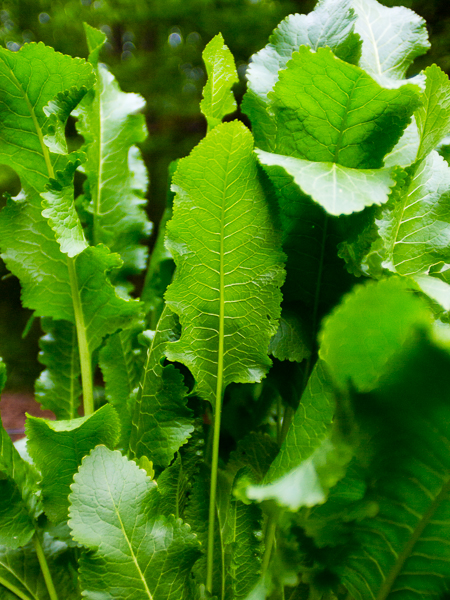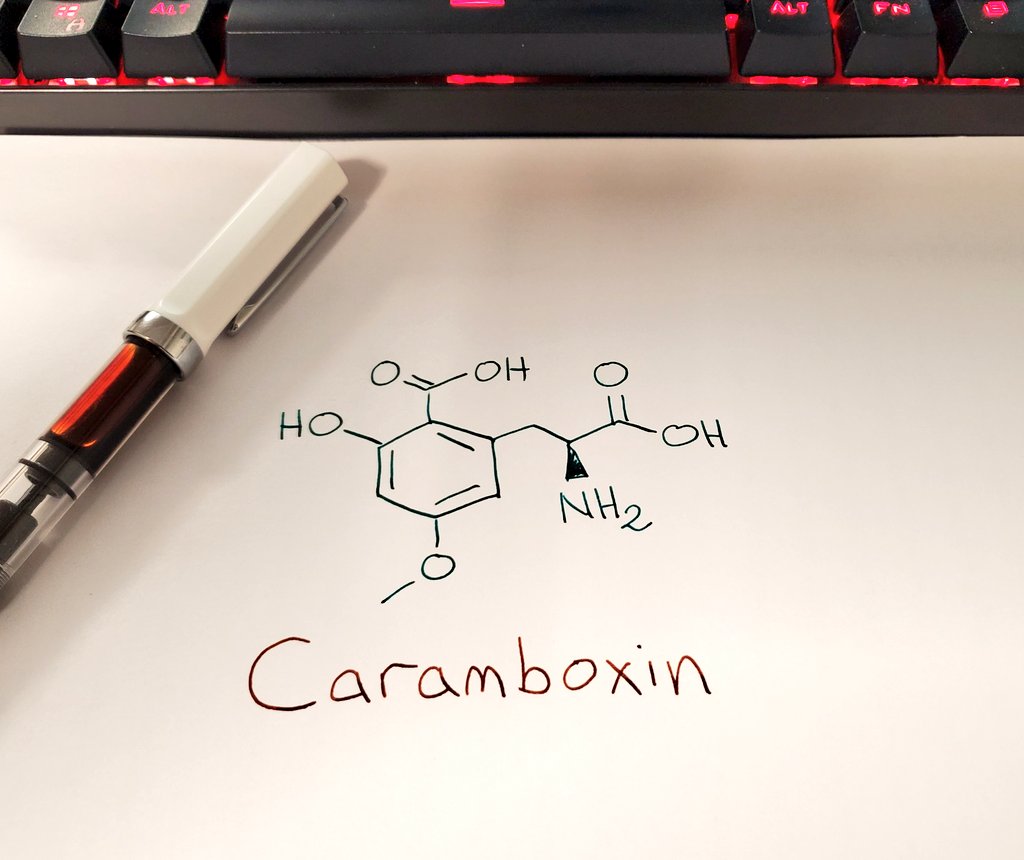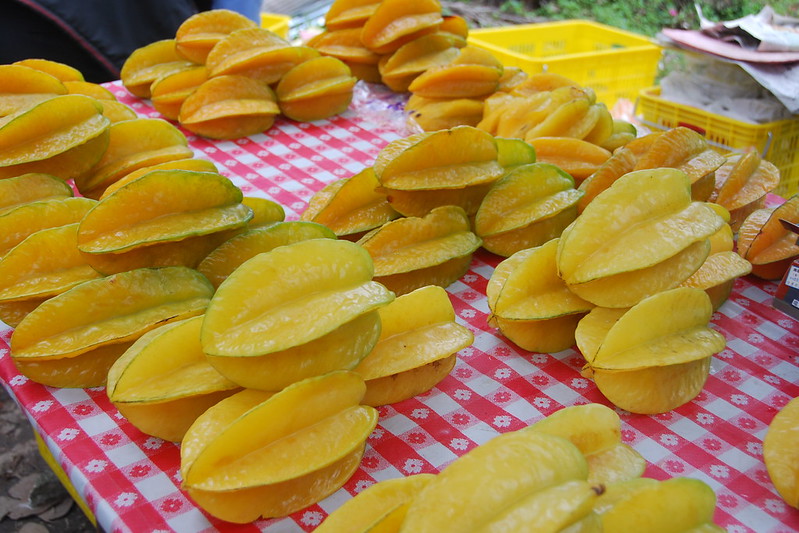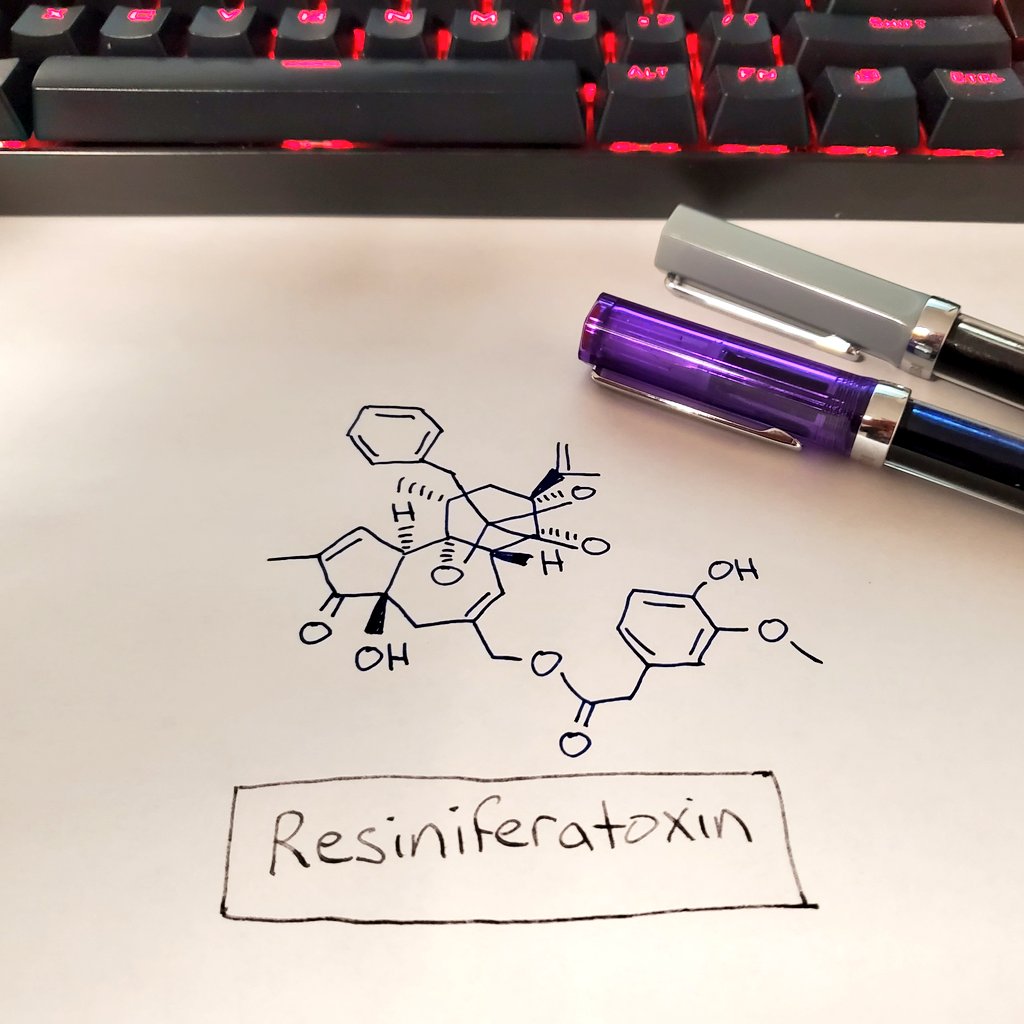
Here's something fun and different for Toxicology Thursday: a self-guided poison plant tour at @ncartmuseum. Admittedly, it's centered around Raleigh-Durham folks, but these plants can be found throughout the southeast and other parts of North America. [link to PDF at the end] 

Starting at the main lot, we'll walk down into the open clearing to find POKEWEED. The berries are poisonous and will stain your hands. Mature plants are poisonous too, but small young ones used to be sold in cans. 

You'll also find (unless the groundskeepers recently mowed over everything) CAROLINA HORSENETTLE. It's like a tiny, prickly tomato, but it's not edible. All parts contain solanine and are toxic. 

There's also occasionally MORNING GLORY climbing its way over everything. It contains lysergic acid amide, a precursor to trippin' LSD. Don't eat the plants or the seeds, please. 

Once you enter the woods, you'll find POISON IVY everywhere. Huge vines on trees, as big as your arms. Remember - Leaves of three, let it be. 

Take the left up the hill on the dirt trail, and you'll see WILD GINGER. This isn't edible, but it is pretty. Eating it will wreck your kidneys - it's nephrotoxic due to aristocholic acid. 

On the damp, shady soils you'll find my favorite: BLOODROOT. It only flowers in the early spring (March around here), and it's so delicate and pretty. The root exudes a red latex with sanguinarine, the DNA killer. It's bad. Don't use 'black salve' as a cancer remedy. 

Also in the woods, and elsewhere, you'll find another favorite, SASSAFRAS. It's a spindly, scrawny tree in these parts, but its leaves, when dried, give us file powder for gumbo and its roots used to be used for root beer. Used to, because of safrole and bad science. 

Along the paved trails, near the ditches, you can find WATER HEMLOCK, a relative of the poison hemlock that killed Socrates. This is poisonous, too, with violent seizures and death from respiratory paralysis. It's easily confused by amateurs for wild carrots. Don't eat it. 

At the outdoor exhibit, near the walls with plaques of famous quotes, you'll find CAROLINA JESSAMINE. It's so pretty and found throughout the Carolinas, but it's poisonous due to gelsemine, a glycine receptor agonist. Arthur Conan Doyle once poisoned himself on purpose! 

And that concludes the virtual tour. If you haven't been to the museum and trails, you should. It's a great way to spend your day. I gave this tour to a friend's Girl Scout troop. We all had a great time! The link to the PDF can be found on my site, here: naturespoisons.com/poisons-in-the…
I should add: The walking route in red is about 1.5 miles and mostly paved, but some parts are on compact dirt trails. For reference, the 'blue trail loop' you see on the map is 1.0 miles.
• • •
Missing some Tweet in this thread? You can try to
force a refresh















